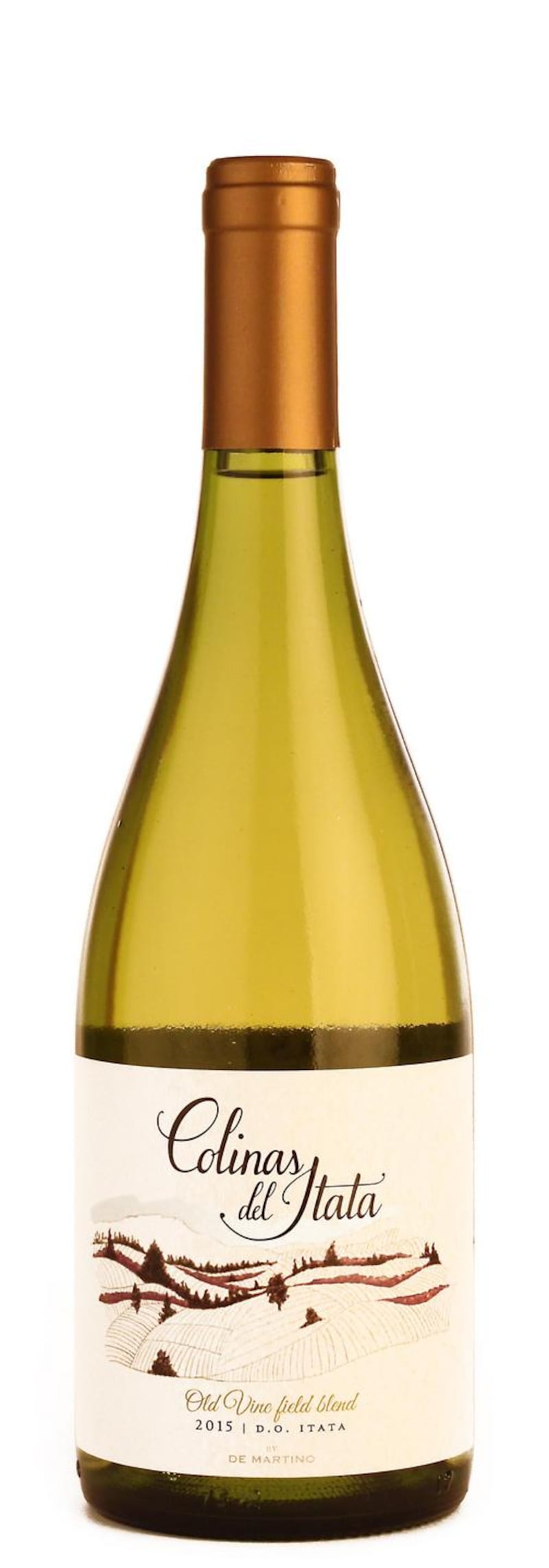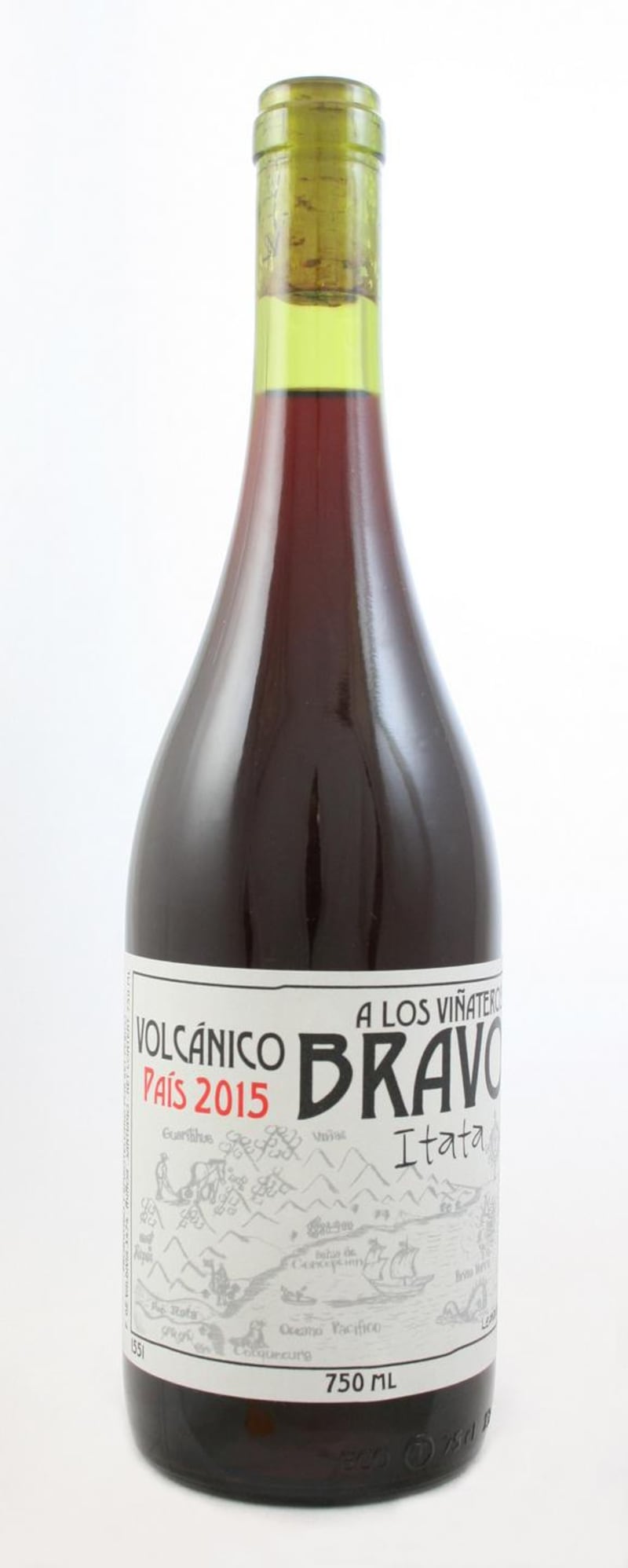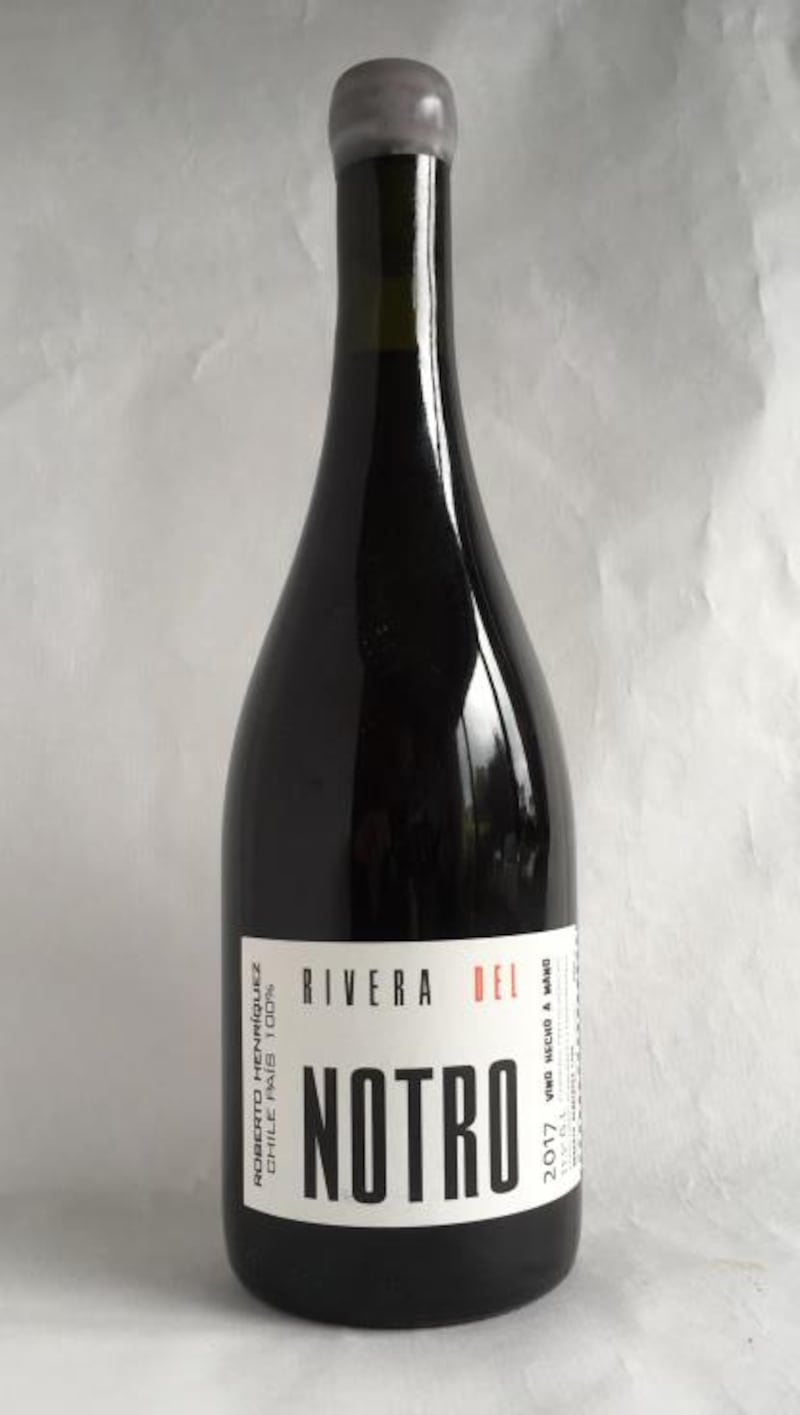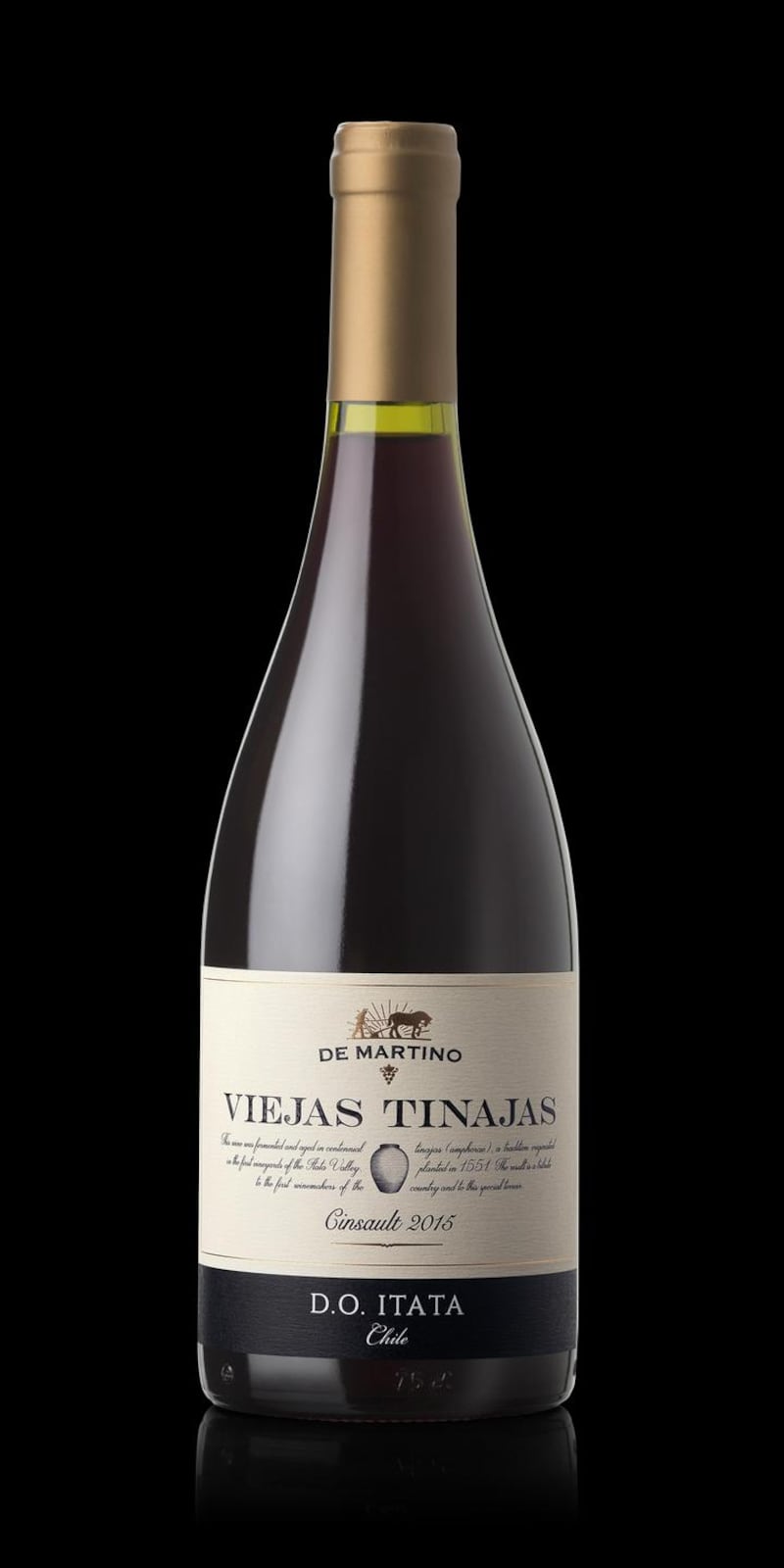You will come across the term Vieilles Vignes, Viñas Viejas or Alte Reben on wine labels. It simply means ‘old vines’, although it has no legally accepted definition. The theory is that older vines produce smaller yields of high-quality grapes and therefore the wine will taste much better. At first glance finding older vines might seem easier in Europe with its long history with wine going back millennia. Yet some New World countries, including Australia, South Africa and Argentina can boast of very old vines going back a century or more. Most growers argue that at somewhere between 10 and 30 years old, a vine produces its best grapes in reasonable quantity, but many vines are much older.
Most of Europe’s indigenous vines were wiped out in the late 19th century by Phylloxera. Since then, virtually every vine has been grafted onto Phylloxera resistant American rootstocks, arguably changing the nature of the wine, although this can be difficult to prove for obvious reasons. Pockets remain untouched in Europe, usually in sandy soils, and also in South Australia and Chile.
Chile has always offered value for money. Over the last five years, the country has joined the global movement towards less alcoholic and less oaky wines. At the same time, groups of independent spirits have uncovered, or rediscovered old ungrafted, dry-farmed vineyards that have a history going back centuries. Once sneered at by the wine world, grape varieties such as Carignan, Cinsault, País and Muscat are making a real comeback.
It is believed that Itata and Bío-Bío, in the far south of vine growing country, is where the Conquistadores planted the first vines in Chile, back in the 1550s. By the mid 20th century, these regions were used only for cheap bulk wine production. In the 1980s and 1990s they were shunned in preference to the high-yielding, trained, irrigated vineyards further north, handily situated close to Santiago.
Incredibly, some of the vines here may be 200 years old, potentially making these the oldest commercial vineyards in the world, although Slovenia, Georgia, and the Barossa in South Australia might disagree. Instead of the dense, tightly trained rows of vines that can be farmed and harvested mechanically, most vines are widely spaced and keep low on the ground. Yields are small and everything must be done by hand. Sadly most of the wines are expensive. They taste very different too. The best are exquisite. Many have an underlying earthiness, a refreshing acidity (both Itata and Bío-Bío qualify as cool climate) and delicate sweet/sour fruits.
Other offbeat Chilean wines to try include the Trisquel Semillon (€16.99, arriving in SuperValu and Centra later this month), the superb de Martino Las Cruces Malbec Carmenére (€40, O’Briens) and the Montes Outer Limits Cinsault (€24.99, independents).
Colinas del Itata Old Vines Muscat 2017, Itata
12.5%
€15

Inviting delicate perfumed floral aromas; zesty orange peel and apricot fruits, with a lovely spicy finish. A delightful wine and outstanding value for money. As an aperitif or with lightly spicy prawn or chicken Thai curries.
Stockists: Marks & Spencer
Volcanic País 2015, Vinateros Bravos, Itata
€22.90
12.5%

Subtle herby redcurrant and red cherry fruits with a lovely underlying earthiness. With grilled gourmet sausages and lentils.
Stockists: Loose Canon, 29 Drury St, loosecanon.ie; Le Caveau, Kilkenny, lecaveau.ie; Bradley's Off-licence, Cork, bradleysofflicence.ie; Green Man Wines, Terenure, greenmanwines.ie; Baggot Street Wines, Baggot St, baggotstreetwines.com; Blackrock Cellar, Blackrock, blackrockcellar.com; Mitchell & Son, chq building, Sandycove, Avoca, Kilmacanogue, Dunboyne, mitchellandson.com; Fallon & Byrne, Exchequer St, fallonandbyrne.com; The Corkscrew, Chatham St, thecorkscrew.ie.
Rivera del Norto Tinto 2017, Roberto Henríquez
11.5%
€23.90

Light juicy refreshing cool plum fruits, with a very appealing herbal touch. A lovely food wine. I had mine with a cheesy red pepper frittata.
Stockists: 64 Wine, Glasthule, 64wine.ie; Green Man Wines, Terenure, greenmanwines.ie
De Martino Viejas Tinajas Cinsault 2015, Itata Guarilihue Vineyard
13%
€30

Fermented in 100 year-old amphoras, this is one of the nicest wines I have tasted over the last 12 months. Entrancing complex, concentrated elegant piquant, dark cherries and good refreshing acidity. I drank it over two days, with grilled sole and then pork chops. The little brother, the De Martino Gallardía Cinsault 2017 (€19.95), is pretty good too.
Stockists: Salmon's, Ballinasloe; The Wine House, Trim; Carry Out, Killarney.













